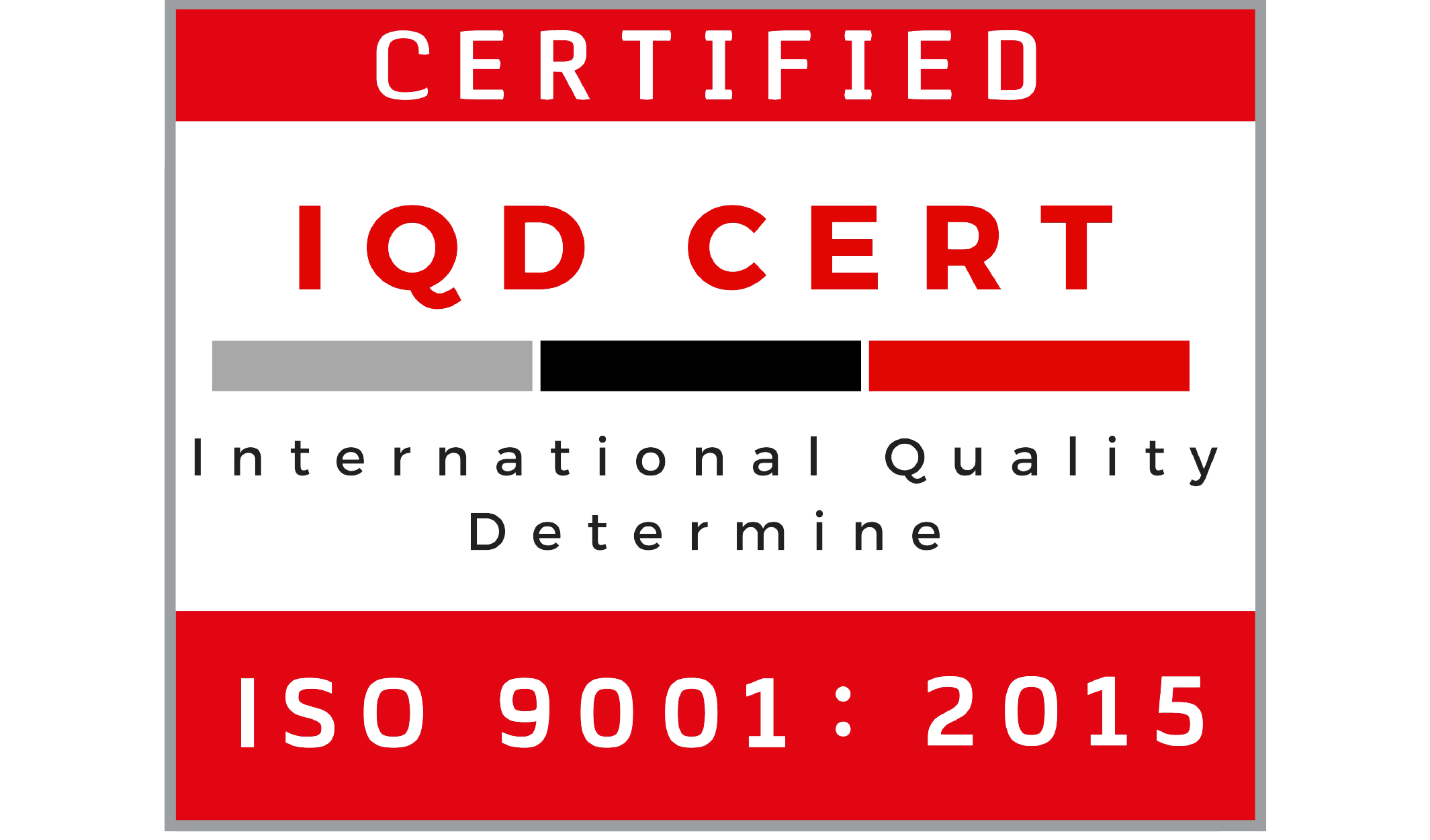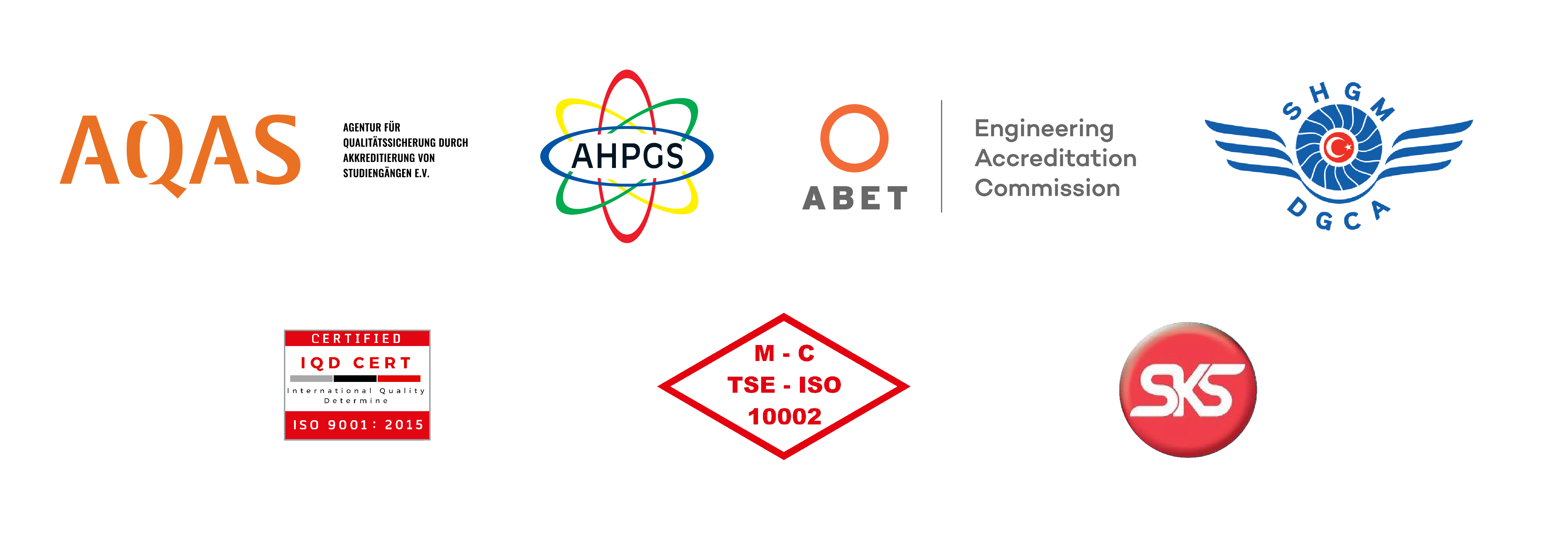Stating that traumas were the most significant cause of death and illness in the first days of earthquakes, Istanbul Gelisim University Faculty of Health Sciences Public Health Specialist Asst. Prof. Dr. Nurten Elkin underlined that the risk of contagious diseases will increase if nutrition, shelter, hygiene and healthy drinking and utility water cannot be provided.
Among the communicable diseases in disaster areas, the cold season increases the likelihood of acute respiratory tract infections, and also water and food-borne diseases and contact-transmitted (scabies, lice and fungi, etc.) can take place. Asst. Prof. Dr. Nurten Elkin, Public Health Specialist from the Faculty of Health Sciences of Istanbul Gelisim University (IGU), stated that the crowded temporary settlements after the earthquake is a separate risk factor for infectious diseases.
Followings should be done to reduce the risk of contagious diseases!
Disruptions in immunization services provided to infants and children in the earthquake area may also affect the risk, frequency and severity of infection. Asst. Prof. Dr. Nurten Elkin listed the points to be considered in order to reduce the risk of contagious diseases as follows:
* Rapid provision of shelter needs,
* Ensuring hygienic conditions as much as possible,
* Providing clean drinking and utility water,
* Individuals should pay attention to their personal hygiene and ensure correct hand-washing behavior,
* Providing healthy food and nutrition,
* Taking measures to ensure fluid intake in diarrheal diseases, informing families and distributing ORS packages for water and salt loss if signs of dehydration are observed, or informing families about their preparation,
* Commencement of immunization studies, (Tetanus, influenza vaccination for the risk group and the continuation of the routine childhood immunization program)
* Regular follow-up of tuberculosis patients and non-interruption of drug use,
* Meeting toilet needs and continuity of hygiene rules,
* Determining and recording the number and characteristics of the affected people, providing the health service that these individuals need,
* Working in cooperation with the relevant institutions in order to carry out preventive health services for the environment related to the proper collection of wastes, garbage, animal dead and rendering them harmless,
* Disinfectant supply and distribution is significant.
“Daily water requirement per person is accepted as 20 liters during disaster periods”
Asst. Prof. Dr. Elkin said, “During disaster periods, the daily water requirement per person is 20 liters. It is very crucial to create the conditions for providing bottled water to the disaster victims in the disaster area. Accordingly, the amount of safe water required by the affected population in the region for drinking, eating and cleaning can be determined. One of the basic information about individual water disinfection is that it is safest to boil the water for one minute in cases where the need for bottled water cannot be met in the disaster area. If the altitude is above 2000 meters, it is necessary to boil the water for 3 minutes. If boiling is not possible, disinfecting the water with chlorine is another method.”

.jpg) Created Date: : Wednesday, February 15, 2023
Created Date: : Wednesday, February 15, 2023
Istanbul Gelisim University transformed into a space of discovery and conne...
Kübra Kocakuş, an athlete of Istanbul Gelisim University Sports Club, won t...







